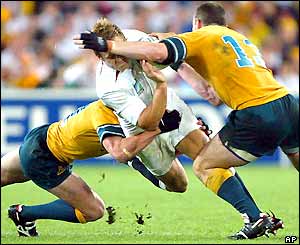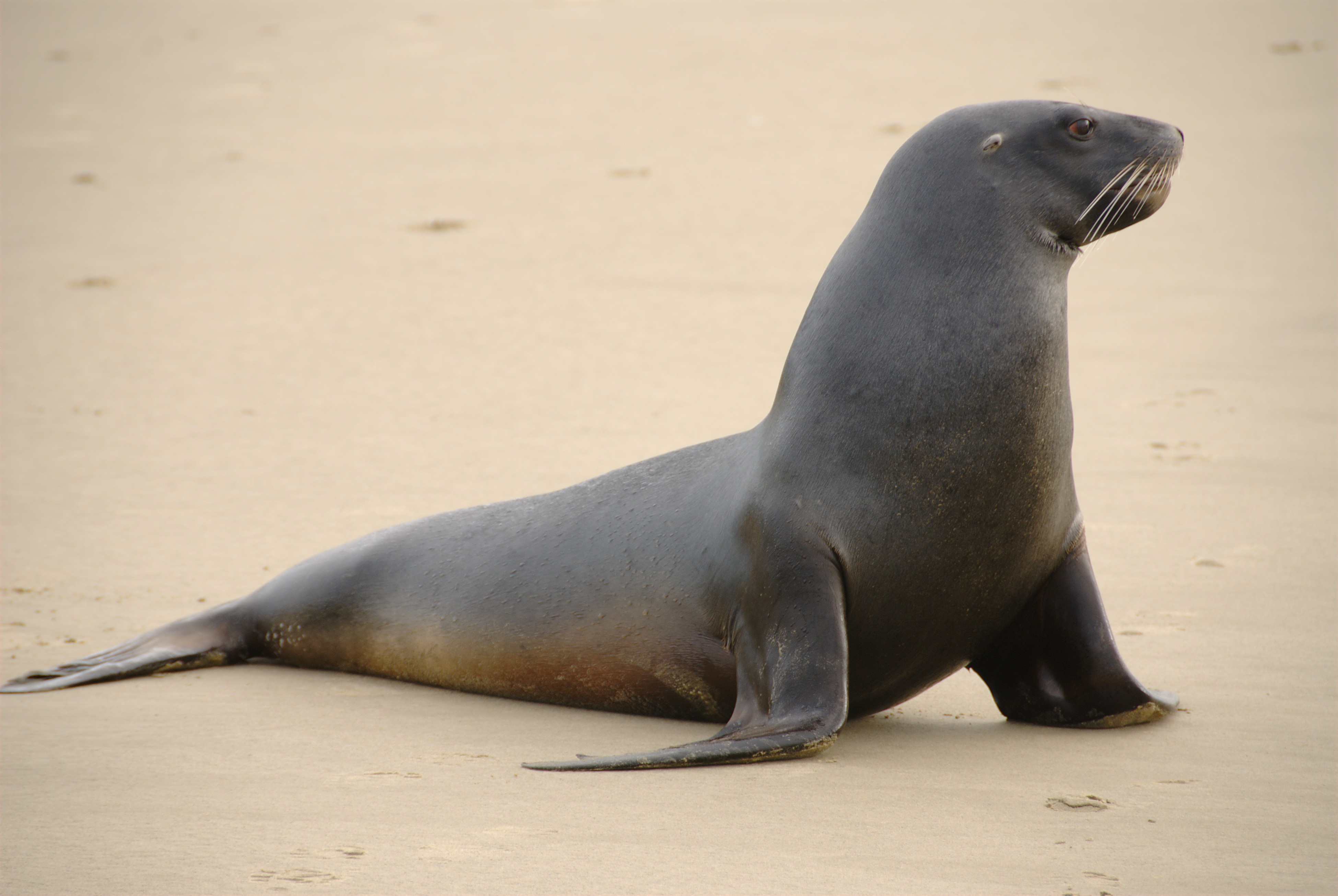
(Manapouri-power stattion: The biggest power station which is driven only with water and without machines)
General information:New Zealand is one of the countrys on earth which became published because of their renewable, alternative energies. Over 75 % of the energy is produced by energy providern who win the power out of economical, regenerative energy sources.
The most strongtest energy providers in New Zealand:
1.) Water-power: year 2003In New Zealand, especially in the southern part, you'll find a lot of hydroelectric power stations, which constitutes about 61 % of the energy in New Zealand. In Germany for example, we use only 23,6 % of the water energy in the sector of the regenerative energy.
2.) geometric energy: year 2003
Definition: The geometric energy is a stored, warm energy, which lays under the earth's crust. This energy can be used to warm something up or for winning electricity.
Especially in New Zealand, the geometric energy became very important for the population and the economy. Nearly 6 % are produced in the alternative energy part. Mostly in the north, there are the geometric power stations.
Wind, sun and biological things:The minority are the wind energy, the sun energy, the biological rubbish and the wood. Only 3 % of the regenerative energy became used by the population.
But the wind energy grew up in the last years and could be the chance for New Zealand of becoming innocent of the nuclear energy, because of their position on the earth. There are still two big wind power stations, which were built by german engineers. Some energy providers wrote an agreement to produce nearly 5 % of the regentative energy by wind power stations till 2025.
Very important for this country is the natural gas. In 1998, it constituted nearly 22% of the total consumption in the section of regenerative energy. Some more big energy sources are coal-fired power stations and the firedamps. But that doesn't declares their innocence of energy, because they need a lot of oil for their cars and the transports.
Consequences and new ideas:The water energy became more and more important and New Zealand became a model country on earth because of their high alternative providers in the energy sector. But nothing is endless: their natural gas reserves lose weight and the water power doesn't work anymore.
Because of this problem, the regime in New Zealand thought about nucelar power stations which should bring back the necessary energy.
The use and the electricity prices:New Zealand is rich in natural ressources and the population used them in the last years. For example: In Germany, every person use in one year roughly 6742,0 kWh. One person in New Zealand comsumed nearly 9088,0 kWh. This big comsumption is caused by the low electricity prices.
Own opinion: I hope, we will take a leaf from their book and try to change our electricity system. We have too much nuclear power stations and don't get away from this sector. But the consequences in Fuskushima show us, what can happen when the humans can't controll their own invention anymore. I hope, we will learn out of these occurences and change over to regenerative energy.

 , in 1998 to Hansa Rostock and in 2001 to FC Schalke 04
, in 1998 to Hansa Rostock and in 2001 to FC Schalke 04 . FC Schalke bought him for 5,1 million euros, what was the biggest tranfer for Hansa Rostock
. FC Schalke bought him for 5,1 million euros, what was the biggest tranfer for Hansa Rostock , 2006 MKE Ankaragücü
, 2006 MKE Ankaragücü  and in 2007 back to Hansa Rostock, but he wasn't so good like in 1998. In 2008 he tranfer to Skoda Xanthi, in 2009 Anothosis Famagusta, in 2009 to PAE Levadiakos and now he is by Jiangsu Sainty.
and in 2007 back to Hansa Rostock, but he wasn't so good like in 1998. In 2008 he tranfer to Skoda Xanthi, in 2009 Anothosis Famagusta, in 2009 to PAE Levadiakos and now he is by Jiangsu Sainty.











































